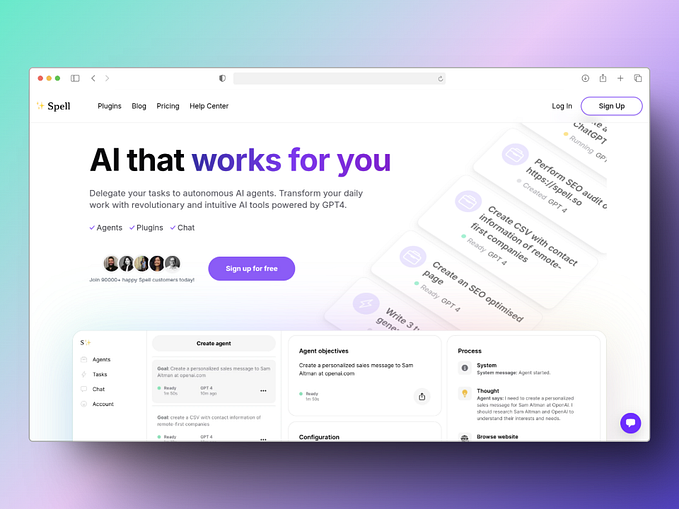Member-only story
How Startups Use Freemium Models To Acquire Paying Customers
Moving from free to revenue isn’t as easy as it looks

Freemium models seem like an easy way to get new customers to fall in love with your product. But freemium models aren’t for every business.
When they work, they work like magic, locking the customer into a value proposition that’s harder to give up than if they never experienced it at all.
When they don’t work, those same models can become an economic albatross of costs that don’t generate any revenue, and eventually sink the company.
The important thing is knowing which camp your product is going to fall into before you carve out that tricky free tier.
Should your product even have a free tier?
First, let’s dispel the conventional lure of the freemium model.
The truth about free is that it’s actually harder to convert a customer from free to paid than it is to convert that same customer from nothing to paid. Once you give someone something for free, you put yourself in the losing position of constantly having to ask them to pay for that thing.
Awkward.








